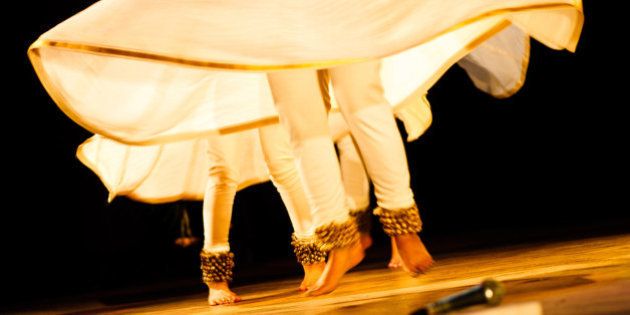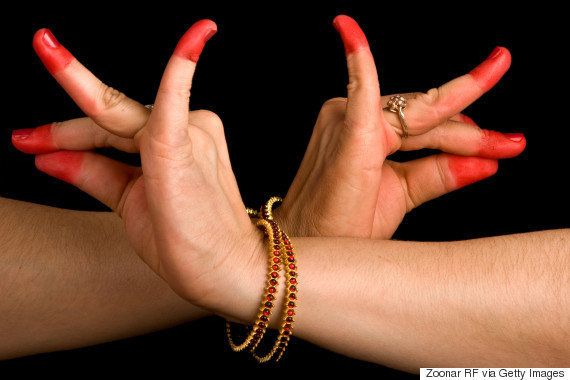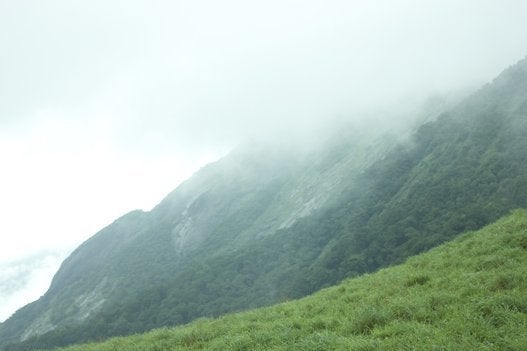
MUMBAI -- Classical Indian dance could be an effective form of therapy for victims of human trafficking and sexual violence, helping them to overcome their traumatic experiences and gain confidence, a pilot study has shown.
The six-month study of 50 female survivors in Kolkata and Mumbai found that dance movement therapy helped ease anxiety, depression, anger and post-traumatic stress when used alongside traditional counselling and other rehabilitation efforts.
"Often, in the rehabilitation of victims of trafficking and sexual violence, the impact on the body can be overlooked," said Sohini Chakraborty, the founder and director of Kolkata Sanved, a charity which carried out the research.
"Dance is about the body, and the women are somewhat familiar with these dance forms, so we can help them heal and create a more positive body image," she told the Thomson Reuters Foundation.
Kathak can help release anger; while the elaborate hand and eye movements in Bharatnatyam can help express a range of emotions.
The rehabilitation of victims in India is often inadequate and inconsistent in a culture that does not encourage women to speak up or seek counselling, women's rights groups say.
Yet gender-based violence remains high in the country, with more than 330,000 reported cases of crimes against women in 2014, according to the National Crime Records Bureau.
The biggest ever survey of the health of human trafficking victims last year found high levels of abuse and severe physical and psychological health problems among survivors in Southeast Asia.
The notion of dance as therapy has been increasingly recognised over the years, due to the efforts of institutions such as the American Dance Therapy Association, founded in 1966. Studies have shown it enhances the emotional, cognitive, physical and social well-being of the individual.

Indian dance forms are uniquely suited to therapy, Chakraborty said, citing the energetic footwork of kathak.
Kathak can help release anger, while the elaborate hand and eye movements in Bharatnatyam from Tamil Nadu can help express a range of emotions, she said. Folk dances can also encourage bonding, she added.
Kolkata Sanved's Saving Lives Through Dance programme also works with children living in red-light areas, children with chronic illnesses and domestic workers, she said.
The study was necessary to establish the impact of dance therapy through a scientific methodology, improve the quality of rehabilitation and encourage more shelters to provide this alternative to survivors of trafficking and sexual violence, Chakraborty said.
Kolkata Sanved's dance movement therapy module is particularly suited to the Indian context, said Dr. Upali Dasgupta, principal researcher on the study.
"It's a non-judgmental, non-hierarchical therapy for these women who may otherwise be hesitant to express themselves," she said. "We already knew instinctively that dance had therapeutic effects, but now we know for certain that it does indeed work."



Contact HuffPost India
Also On HuffPost:

